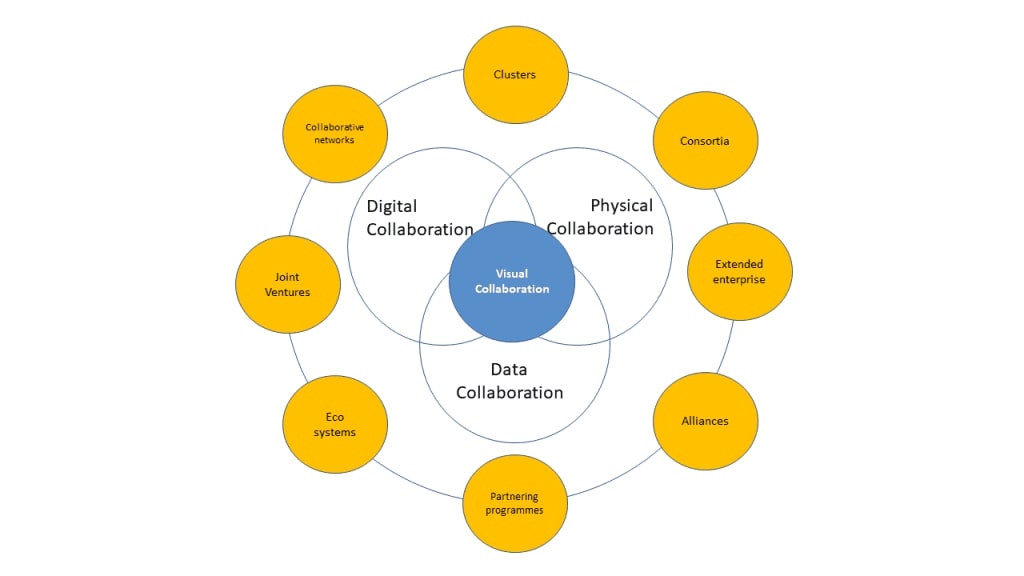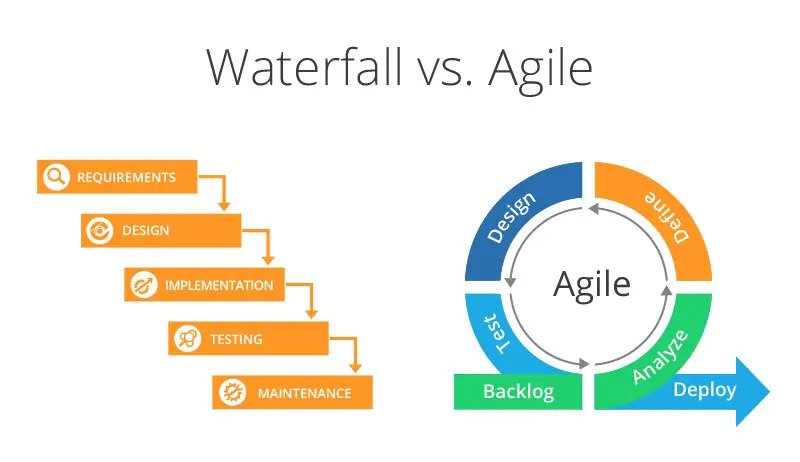Wondering how to build an amazing agile team?
Smart choice.
Today, the fastest-growing companies around the world have embraced agile as a way of acing their objectives and maximizing their chances of success.
According to 2022 stats shared by Zippia, 71% of companies in the United States use the Agile methodology with an estimated 64% success rate.
Agile teams form the backbone of any company hoping to expect any margin of success when implementing this approach.
In this article, we dive into key tips and strategies that companies use to build solid, performance-driven agile teams.
Let’s dive right in.
6 Tips for Building Agile Teams
1. Recruit Professionals With Special Characteristics
For an agile team to perform with success, they need to follow specific characteristics.
Let’s take a closer look at each one of these characteristics.
Cross-Functional
By nature, an agile team is cross-functional. Each team member has specific skills that add value to product delivery.
However, their work focuses on achieving a common goal shared by everyone involved in the project. That is, producing products on time to meet customer requirements.
Collaborative
Successful agile teams encourage collaboration and open communication. The shared objectives of team members and individual teams mean regular review sessions that allow everyone to share information that impacts another team’s deliverables. Teams also share feedback from the customer in person, thus enabling everyone to understand any changes to requirements or the product.

Credits: Roelto
It is common for team members to participate in cross-functional learning and develop new skills from working alongside colleagues. Therefore, you must build a team of professionals who are open to learning new things.
Non-Hierarchical
The most successful agile teams implement a flat structure instead of a hierarchical one in which team members are given autonomy to work. Each team member has defined roles and responsibilities that allow them to work without feeling micro-managed, thus removing unnecessary middle-management levels.
This makes sense in smaller teams of up to ten people where all members are at the same level.
2. Change Your Managerial Approach
A non-hierarchical team structure distinguishes agile teams from traditional teams by abolishing the top-down managerial system prevalent in waterfall product teams.

Credits: Digite
The project management structure in a traditional team sees the product owner or project manager delegate tasks to team members and specify how the team must complete them.
This approach is beneficial when it comes to keeping control over large projects. However, for smaller agile teams, the waterfall approach stifles creativity and leads to internal politics between team members.
Therefore, it is your duty to embrace the agile way of thinking and identify, deconstruct, and eliminate traditional managerial approaches that do not coincide with Agile development.
3. Pick an Agile Team Structure
Several factors affect the optimal agile environment for a particular project. These include cost, resources, and the type of product the team works on. Therefore, there is no one-size-fits-all approach. You must therefore build an agile team around a structure that best suits the type of project underway.
Some examples of agile team structures include:
Generalist
A generalist structure is one where each team member has a general understanding of many topics involved in the project without being an expert in any single part. This versatility allows team members to switch tasks with agility to support other team members and undertake various functions.
Specialist
A specialist is a team member who is an expert in a particular part of the product delivery roadmap. In a specialist agile team environment, each member has a different niche and is responsible for any tasks within their specific area of expertise. Their high-quality knowledge helps build better products.
The specialist team structure helps optimize agile teams with more significant resources since each team member covers specific areas with their knowledge.
Hybrid
Hybrid team structures rely on merging generalists and specialists under one system. While the specialist focuses on their area of expertise, generalists tie all these components together to deliver the overall project. This flexibility defines the ethos of great agile teams and allows successful teams to benefit from the knowledge of specialist and generalist approaches.
A hybrid structure provides several advantages, including high levels of agile teamwork, high-quality product deliverables, and a sense of ownership for individuals.
Parallel
Agile team members change tasks with each part of the development roadmap in a parallel structure. For example, if everyone works on product development during one sprint, they move on to product testing once they’ve completed the sprint.
This approach requires all team members to get training and experience in all areas of product development. This allows for seamless switching between tasks without jeopardizing the delivery of the project.
Sub-Team
Sub-teams is an agile project management methodology that breaks large projects into manageable bite-size elements. Sub-teams are teams within a larger agile team structure to work on specific areas that form the deliverable when combined with other project parts.
4. Be Clear on the Team Roles and Responsibilities
Although most agile team structures focus on team members’ skills rather than job titles, defined job roles improve clarity and visibility within the agile world.
Some of the key roles in an agile project management environment include:
Team Lead
The team lead is responsible for overseeing the coordination of the agile teams and ensuring the effective running of the product development processes. They are accountable for organizing incoming requests, managing tasks, monitoring workflows, and hosting meetings.
Product Owner
The product owner works on behalf of the client to define, outline, and represent the customer’s requirements throughout the product lifecycle. They communicate with the team, acting as a conduit between them and the customer to guide feature requests and priorities.
Team Member
A team member is an individual that performs many different roles across the complex world of agile product development. For example, a team member is a designer, developer, or tester across different teams in the product management world. In the agile world, they have the necessary skills to fulfill team roles and ensure continuous delivery across their project lifecycle.
Stakeholders
Great teams rely on feedback from stakeholders. They liaise with team leadership, the product owner, the development team, and other teams offering input to the development process at the forming stage and through the project process.
Stakeholders include end-users, investors, senior company management, and anyone interested in product delivery.
5. Define Your Product Roadmap
Your project roadmap is dependent on a range of requirements and constraints, for example, end-user requirements. In addition, business needs, budgets, and deadlines determine the roadmap. The agile team members should be involved during this stage as their expertise helps focus on practical solutions to meet the requirements.
6. Communicate with Visibility
Visibility and open communication are at the heart of successful agile teams. As well as planning the design, development and testing parts of the product lifecycle, teams need to discuss results, share lessons learned, and suggest solutions. Every team member requires notification of changes to requirements and to be aware of what other teams are doing at each stage of the development.
Product and project management provide workers with an uncertain environment. However, using agile methods to break down large projects into manageable tasks helps build confidence amongst end-users and agile teams, leading to successful outcomes.
Build Your Rockstar Agile Team Today
Agile teams have become more prevalent throughout different parts of the business over the past 20 years.
An agile team is set up to outperform teams that work in a linear manner or have overbearing hierarchical team structures by being flexible, adaptable, and dynamic.
Companies do not build agile teams by applying the label ‘agile’ to an existing group.
Use this guide to help you look for the right professionals and structure to set your company on its way to succeeding at Agile.